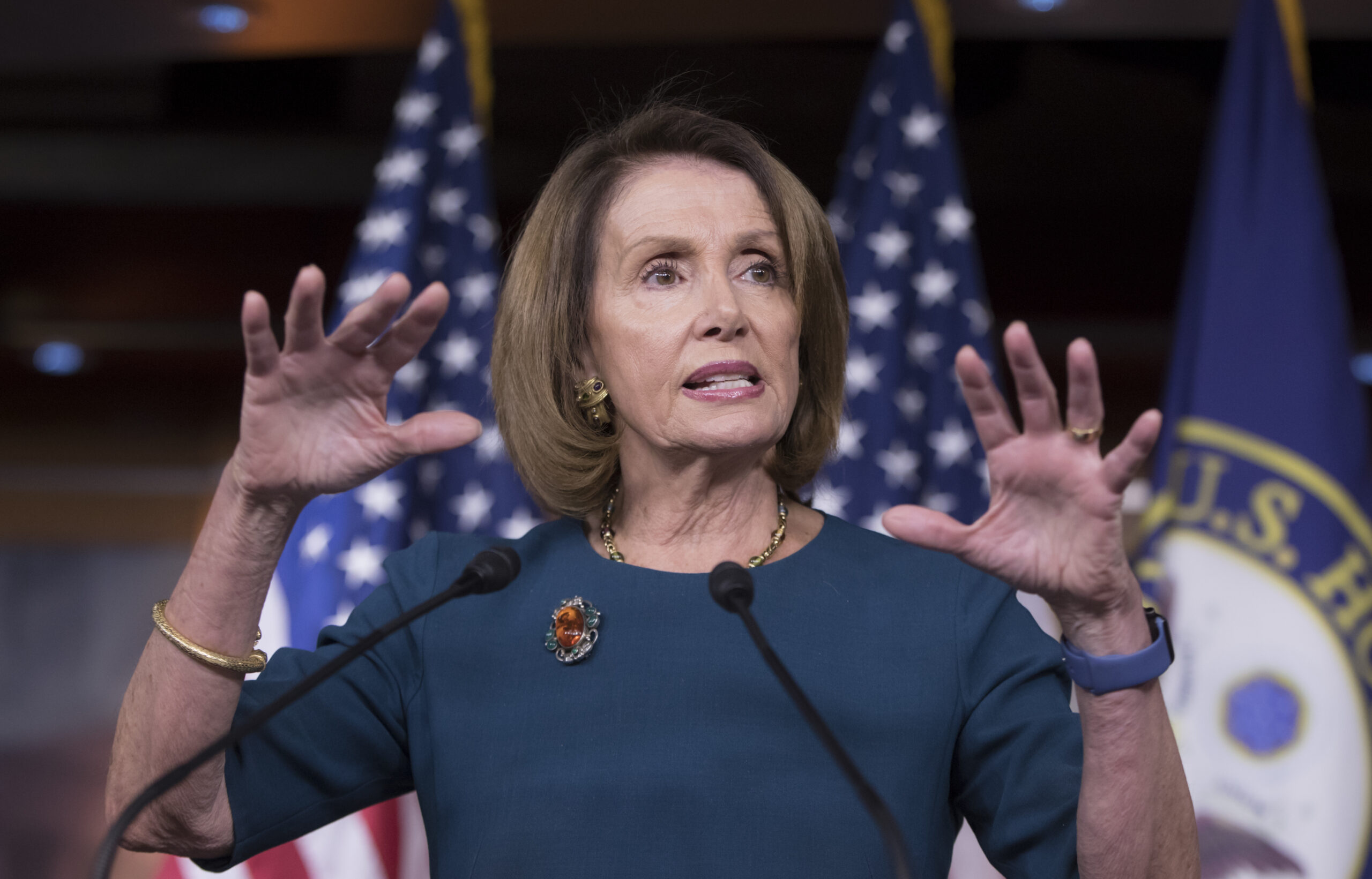Ten months before voters will determine whether the Republican Party gets to retain control of Congress, the GOP is facing a number of ominous signs about how it will perform in the House this November.
One early red flag has been the unusually high number of incumbent Republican congressmen who have announced their retirements. Rep. Ed Royce of California became the latest GOP congressman to do so, on Monday, and it is expected that he will soon be joined by Rep. Martha McSally of Arizona, according to The New York Times. Although they are retiring for different reasons — Royce said he wants to focus on his final year as Foreign Affairs committee chairman while McSally intends on running for the Senate – their impending departures have opened up 31 House seats that are currently held by Republicans.
Other data points also bode ill for Republicans. Although Democrats only need to gain 24 seats to win control of the House of Representatives, since 1962 the average loss of House seats for the incumbent president’s party when the president’s approval rating is under 50 percent elections has been 40, according to CNN. The average Democratic lead on generic congressional ballots has been 12 percentage points since late December. This is two percentage points higher than how Democrats stood prior to the 2006 midterm elections, when they wound up reclaiming the House of Representatives.
Even ostensible Republican advantages, like its historic tendency to have a higher turnout than Democrats during midterm elections, may not be enough to save the party.
“The Republican turnout advantage is either exacerbated or all but canceled out depending on which party controls the White House. Scholars have long shown a major loss of support for the president’s party in midterm elections,” Harry Enten of FiveThirtyEight wrote. “With a Democrat in the White House, the GOP turnout advantage gets even bigger. With a Republican in the Oval Office, the GOP on average barely has any advantage at all.”
The main disadvantage facing Democrats in 2018 is that Republicans have so effectively gerrymandered many districts.
“If Democrats win 52, 53, 54 percent of the national House vote, we’re likely to see Republicans hold onto control,” Nicholas Stephanopoulos, a University of Chicago law professor and an expert on gerrymanders, told The New York Times. “Unless there’s a true wave, I think Democrats will be disappointed in 2018.”


